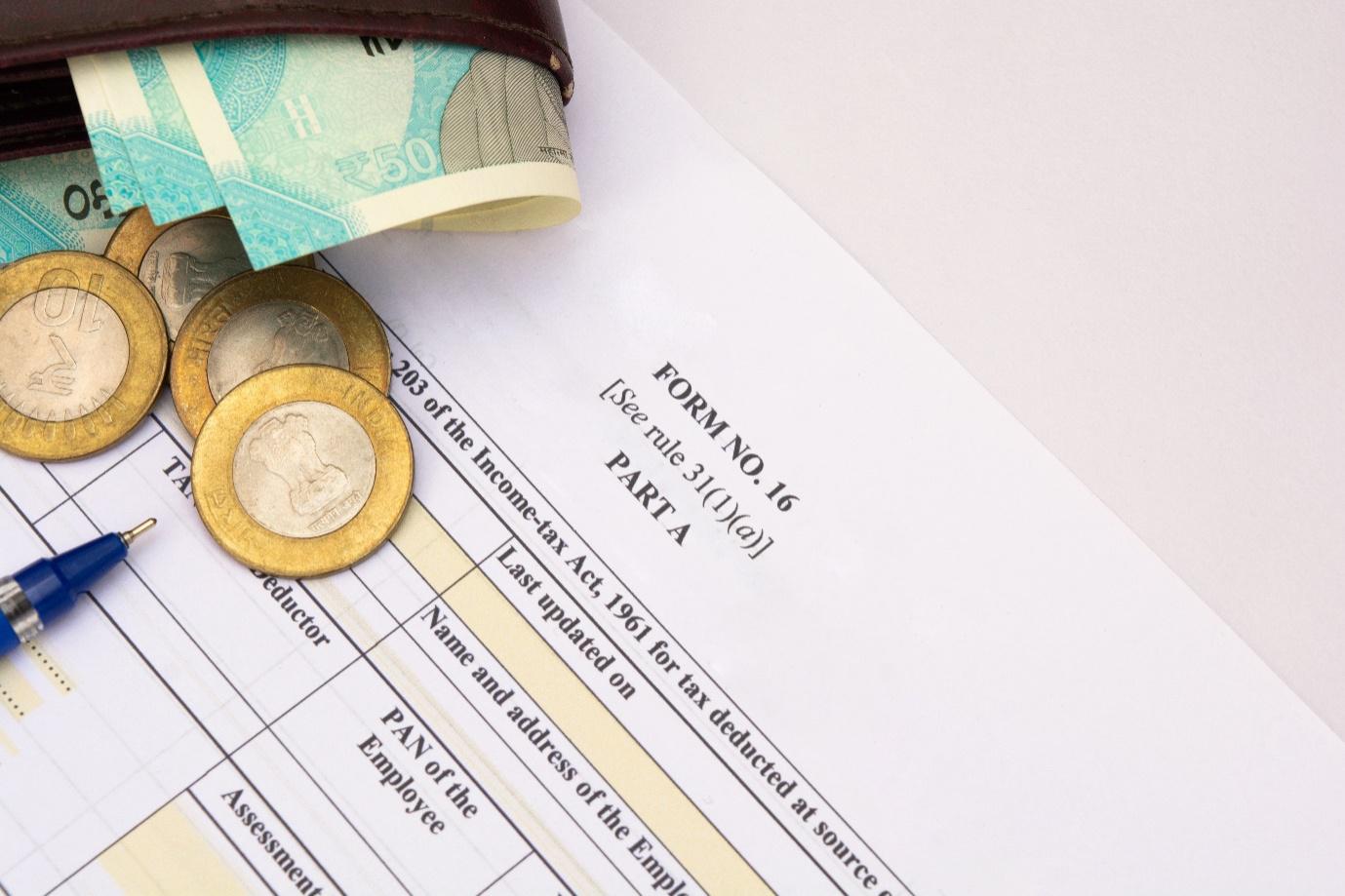TDS on Fixed Deposits: How it Works and What You Need to Do
As an investor, it’s important to understand the concept of Tax Deducted at Source (TDS) on fixed deposits. TDS is the tax amount that is deducted by the bank or financial institution before paying the interest amount to the investor. In this article, we’ll cover all the essential details you need to know about TDS on fixed deposits.
Firstly, it’s important to know that TDS is applicable to fixed deposits only if the interest earned is more than Rs. 40,000 in a financial year. For senior citizens, this limit is Rs. 50,000. If your interest income exceeds this threshold, the bank or financial institution will deduct TDS at the rate of 10% from the interest earned.
However, if you haven’t provided your PAN details to the bank or financial institution, then the TDS rate is higher at 20%. Therefore, it’s important to ensure that you have provided your correct PAN details to avoid paying a higher TDS rate.
It’s also important to note that if your total taxable income for the financial year is less than the basic exemption limit, you can submit Form 15G or Form 15H to the bank or financial institution. This will prevent the bank from deducting TDS on your fixed deposit.
Another important factor to consider is that TDS is deducted on the interest earned, and not on the principal amount invested. Therefore, if you have multiple fixed deposits with different banks or financial institutions, you must consider the total interest earned from all the fixed deposits before calculating the TDS amount.
Lastly, it’s important to file your income tax return (ITR) to claim a refund if the TDS deducted is more than your actual tax liability. This is applicable if you fall under a lower tax bracket or if you have investments that qualify for tax deductions under Section 80C of the Income Tax Act.
In conclusion, understanding TDS on fixed deposits is crucial for investors to avoid any unnecessary tax deductions. Make sure to provide your PAN details to the bank or financial institution and file your ITR to claim any refunds.
